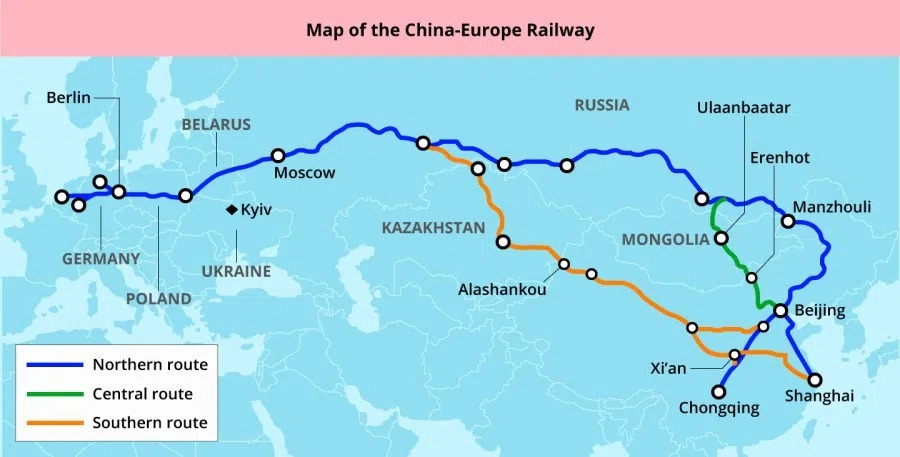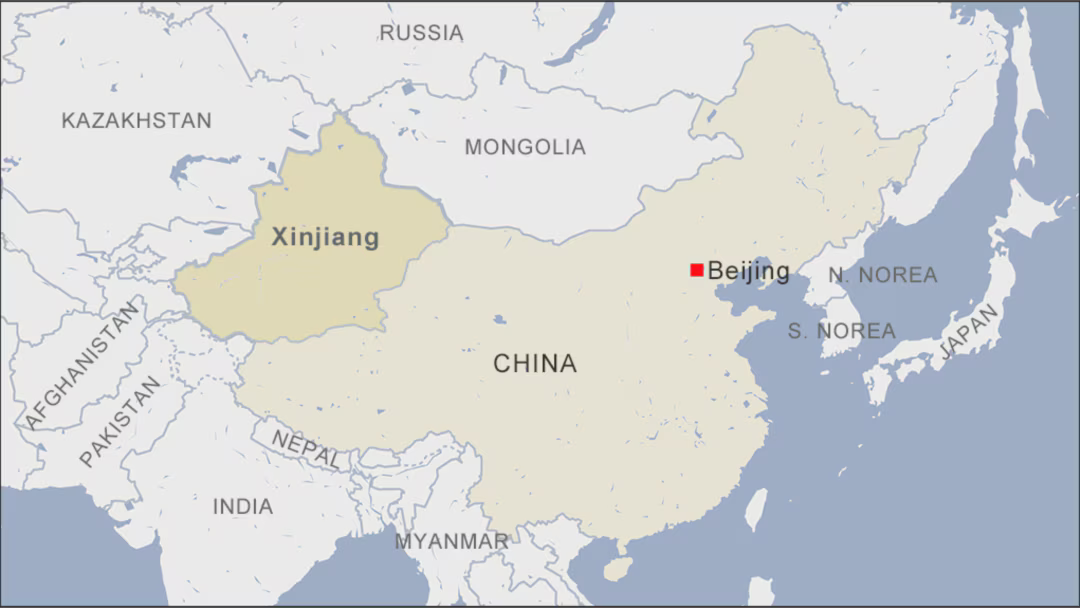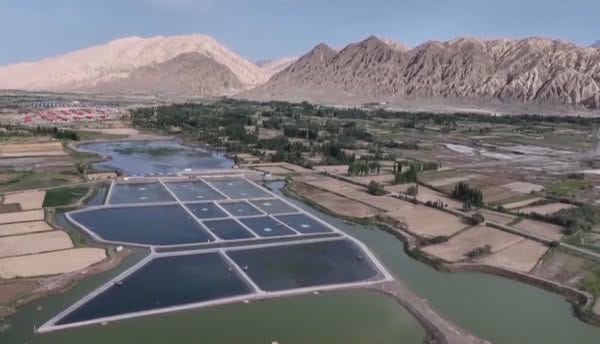For years, Western governments and media have spread false claims about China’s Xinjiang region. The goal was not truth. It was to block China’s westward development and weaken a Eurasian trade route that avoids Western control.
That effort failed. The factories are working. The railways are expanding. The money has arrived.
It is better to stop arguing with lies and start understanding why Xinjiang has become one of the most important regions for the world economy.
1. The 480 billion dollar shift
In 2025, China launched 500 major projects across Xinjiang worth 3.47 trillion yuan, about 480 billion dollars.
That equals around 15 Three Gorges Dam projects, or 90 percent of the 2008 national stimulus.
This is not a short-term plan. It is a fifty-year investment to make Xinjiang the engine of China’s westward growth.
2. Who is already there
The companies on the ground tell the story.
BYD moved first. Its energy division built a wind, solar, and storage system in Hami that can handle temperatures down to minus 40 degrees. It also won a 3.2 GWh energy storage contract from China Resources, setting a new national benchmark for cost and efficiency.
Tesla set up in Urumqi to expand its sales and charging network across northwest China. It is a small footprint but a big signal for the global supply chain.
Hilton, Marriott, and InterContinental are opening hotels in Urumqi and Horgos. They are betting on business and tourism from Central Asia. Hotel chains invest only when traffic is real.
Hong Kong capital and private funds from Guangzhou and Shenzhen are also moving in. They focus on renewable energy equipment, logistics hubs, and cross-border e-commerce. Some work through central enterprise partnerships to secure data and energy projects.
Dozens of state-owned giants have already joined. Power grid firms, telecom operators, construction groups, and agricultural processors are locking in capacity.
Xinjiang is no longer a distant region. It is now an investment frontier.
3. Why Xinjiang matters
Xinjiang has three core advantages.
Energy. It holds 40 percent of China’s coal, one-third of its natural gas, and vast solar and wind resources. Industrial power costs as low as 0.18 yuan per kilowatt hour, nearly 70 percent cheaper than in coastal provinces. Cheap energy drives the AI era.
Infrastructure. Ultra-high-voltage transmission lines send billions of kilowatt hours east each year. The national “East Data West Compute” plan is shifting data centers inland to lower energy costs.
Geography. Xinjiang borders eight countries. It connects China to Central Asia, Russia, and Europe through the China–Europe freight lines. Every two hours a new train leaves Horgos or Alashankou heading west.
When sea routes face rising risk, land routes gain value.
4. The green desert
The desert is changing.
At the edge of the Taklamakan, greenhouse rice fields now yield over 15.7 tons per hectare and can harvest five times a year. Inland farms produce shrimp, crab, and salmon flown daily to eastern cities. One-third of premium salmon for Japanese restaurants in China now comes from Ili Prefecture.
Climate change is also turning the northwest warmer and wetter, creating new farmland from what used to be sand.
What was once barren land is now a growing zone for food and energy.
5. A long-term national plan with global effects
This 480 billion dollar investment is not about one region. It is about security and balance.
China is moving part of its industry from the crowded, expensive coast to the resource-rich interior. It is reducing dependence on ocean shipping and building a land-based trade system that crosses the continent.
If this strategy works, it will not only reshape China’s economy but also lift Central Asia. Kazakhstan, Uzbekistan, and other neighbors will benefit from stronger logistics, power, and consumer trade through Xinjiang.
The global supply chain will become less centered on ports and more balanced between land and sea.
6. What it means for ordinary people
Xinjiang is not a real estate play. The real opportunity is in the industries building it.
Energy equipment and maintenance
Data center construction and cooling
Cross-border logistics and customs
Food processing and cold chain supply
Follow the industries, not the slogans.
7. The larger view
Western attacks tried to freeze Xinjiang in politics. Reality moved faster.
This story is not about ideology. It is about power grids, railways, and computation.
Xinjiang’s growth means the world’s economic center of gravity is shifting inland, toward a more balanced Eurasia powered by renewable energy and connected by land.
The real story was always about development.
And that story has already begun.











